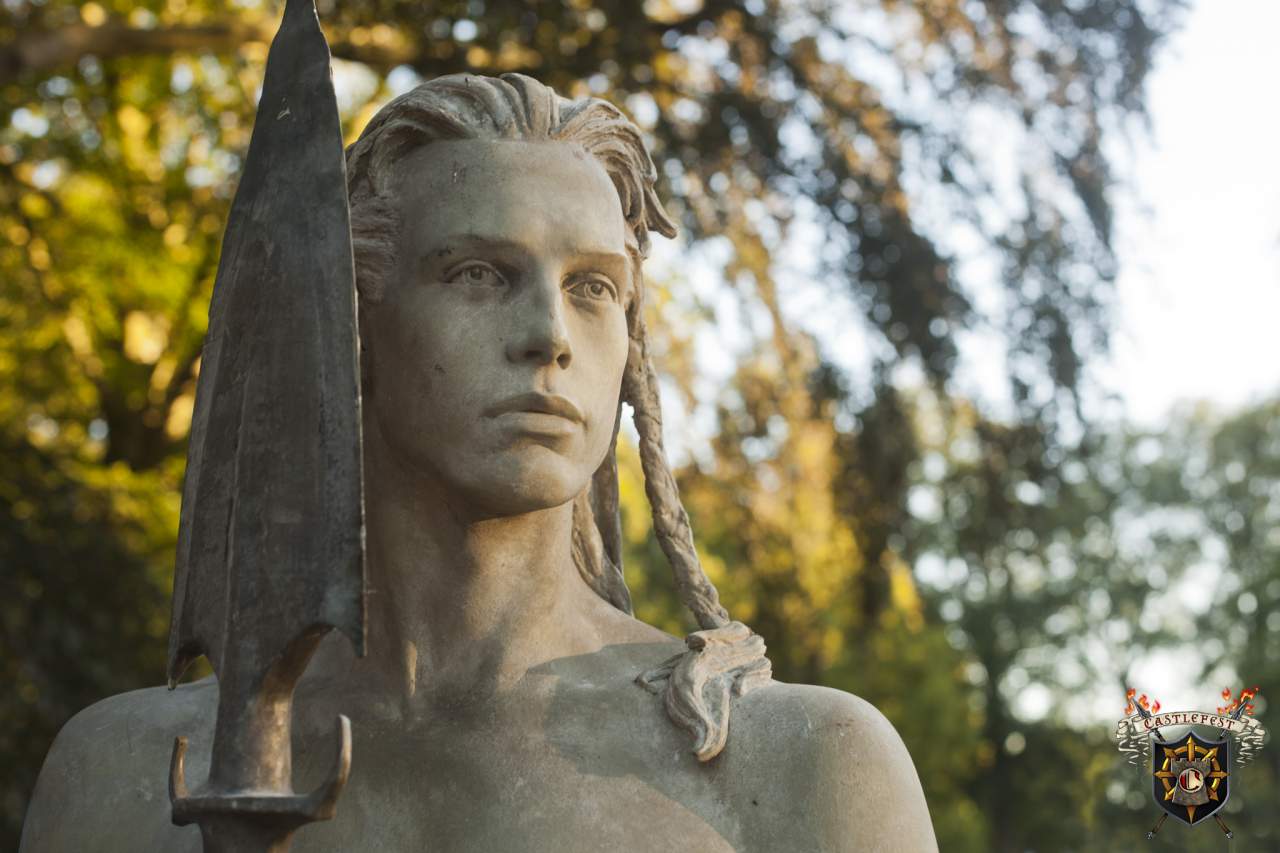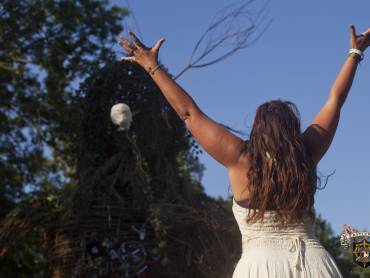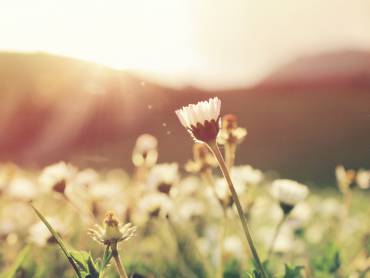In the Vana Grimoire series, we share tips and background information on pagan festivals, recipes, mythologies, history, and other worth-knowing subjects that are related to our events. In this blog we will dive into the pagan festival Lughnasadh.
Each year, Castlefest takes place in the first full weekend of August. This is no coincidence because the 1st of August is the moment to celebrate the sabbath Lughnasadh, the first harvest festival of the Celtic calendar.
The first harvest
Lughnasadh marks the start of the harvest period. We are grateful for the abundance we may receive from Mother Earth and reap what we have sown earlier this year. We don't always give it much thought, but nature's power of blooming our seeds is a true miracle.
For the Celts, Lughnasadh also illustrates the end of summer. The harvest season starts and autumn arrives. During Litha, the sun was at its strongest and now its power fades.
Lughnasadh or Lammas
The name Lughnasadh derives from the Celtic God Lugh. He is a warrior, a sun god and master craftsman. Just like Twoia, he can be found at the Castlefest terrain. Did you take a picture with him yet?
Lughnasadh is also called Lammas. This Saxon name means 'Feast of bread'. One of the most popular ways to celebrate this festival is from baking bread with grains from the first harvest.
Castlefest
During Castlefest, we also celebrate that change is eminent. The Celtic calendar is connected to nature's cycle. The cycle of (re)birth, growth, harvest and slumber can be found all around us.
The Wickerman, who comes to us in a different shape each year, gives us the opportunity to thank Mother Nature and take a moment to appreciate this cycle. Thank Mother Earth, place an offer and let's enjoy together the harvest of this year.
Our new Castlefest logo also contains references to Lugh, Lughnasadh and the Pagan year wheel.
There are eight Celtic holidays. In our Vana Grimoire, we like to get you acquainted with them. You can read more about them in our blogs about Yule, Imbolc, Ostara and Beltane.
Photo by Anouk Pross



